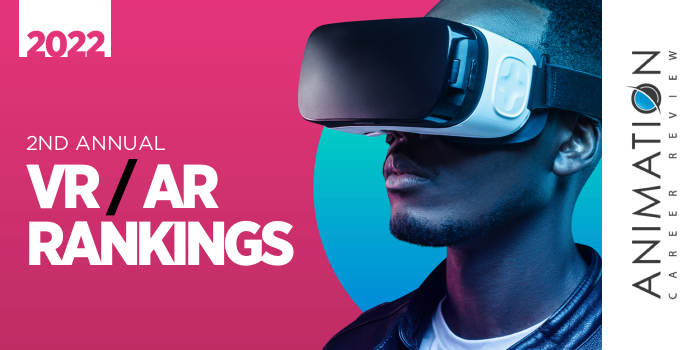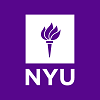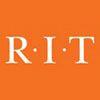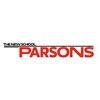Northeastern University has one of the top cooperative (co-op) education programs in the U.S. Established more than a century ago, the program recorded more than 9,000 placements with 2,900 employers around the world from 2019-2020 alone. The school also integrates global experience into learning at all degree levels.
Founded in 1898, Northeastern serves 33,676 students enrolled in more than 500 programs across campuses in Boston, Massachusetts; Charlotte, North Carolina; Seattle, Washington; Silicon Valley; San Francisco, California; Toronto, Ontario Canada; Vancouver, BC Canada; London, UK; Portland, Maine, and the Massachusetts communities of Nahant and Burlington. As an R1 Research University, Northeastern also houses 10 research institutes. Examples include the Experiential AI Institute, the Experiential Robotics Institute, and the Institute for the Wireless Internet of Things.
The College of Arts, Media, and Design (CAMD) is home to the school’s combined major leading to a BS in Design and Mechanical Engineering (BSME) and the Immersive Media Minor. CAMD Programs are available at most Northeastern campuses.
The Immersive Media Minor is an interdisciplinary program for students who are interested in Augmented Virtuality, Extended Reality, Cross Reality, Human-Computer Interaction (HCI), and Enhanced Realities. Course examples for the program include Virtual Environment Design, Immersive Media, Physical and Digital Fabrication, Programming, Animation for Games, Design Analysis and Innovation, and Game Studio.
The BSME Program is divided into seven areas: Engineering, Design, Supporting Courses, Writing, Integrative Courses, Professional Development, and General Electives. Course examples include Experience and Interaction, Interaction Design, Design Process Context and Systems, Mechanical Engineering Computation and Design, Fluid Mechanics, Movement and Time, Professional Issues in Engineering, and Physics for Engineering. BSME students can add the Immersive Media Minor and a Senior Capstone Design is part of the program.
Students in both the BSME and Immersive Media Minor Program have access to three CAMD labs that support AR/VR learning, projects, and research.
The Immersive Media Labs Suite includes technologies for design, development, and exploration of AR/VR/XR, 360 video, and virtual worlds. Students have access to individual workstations and a collaboration and teaching area. Current work in the Lab includes design, development, and exploration of immersive data visualization, immersive games to study and build problem solving and collaboration skills, exploration and integration of digital drawing, painting, and sculpting tools, storytelling, media advocacy, and healthcare delivery.
In the Experiential Technologies Lab and User Testing Environment students develop software, and engage in interface development, game testing, and integration of biometrics tools including eye-tracking and wearable sensors. Lab resources include a one-way mirror, camera setups, and high-end computing.
MedVR is produced in partnership with Grassroots Developer Education, Inc., a 501(c)(3) non-profit, and the College of Arts, Media, and Design. Clinicians, engineers, and creatives collaborate in the lab to talk and learn about the latest AR/VR developments in healthcare and life sciences, invent translational AR/VR solutions, and solve healthcare problems by creating new experiences with AR/VR.
Graduates of the CAMD Programs and others at Northeastern University have been hired by a wide variety of companies, studios, and organizations. Examples include Amazon, Microsoft, 20th Digital Studio (formerly known as Fox Digital Studio), Google, ABC, AMC Networks, NBC, Abbot, ATYX Gaming, Nickelodeon, Alpha Defense, Nokia, Oracle, Peloton, NASA's Johnson Space Center, Photo Diagnostic Systems, Inc., Tesla, Textron, Apple, Walt Disney World, Lockheed Martin, UBTCH Robotics, Walt Disney Imagineering, the U.S. Air Force, and United Technologies Aerospace Systems.












